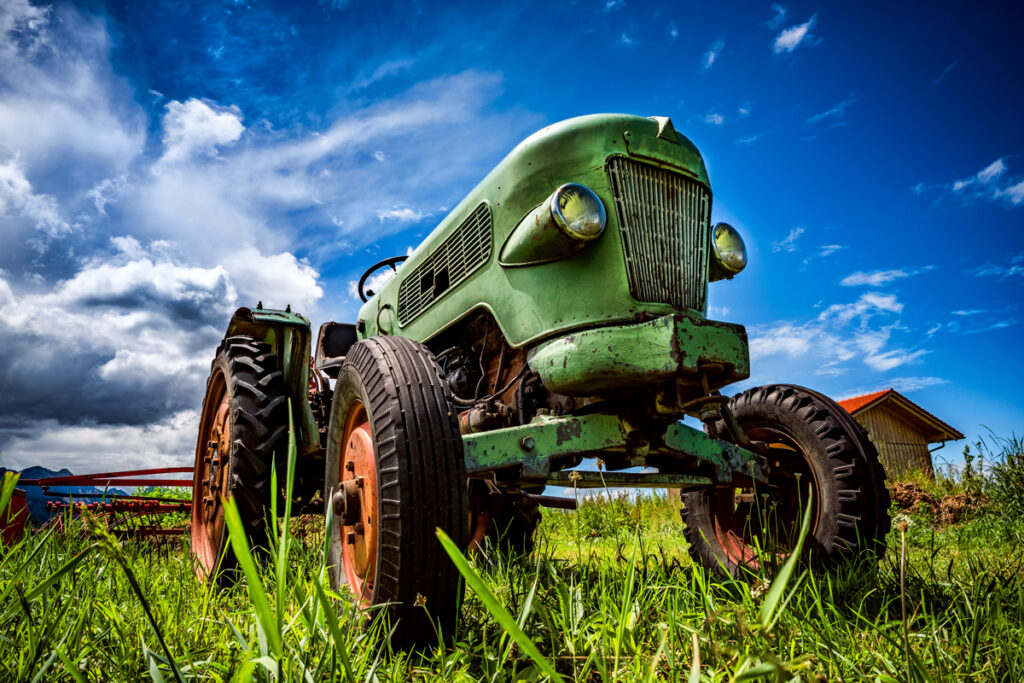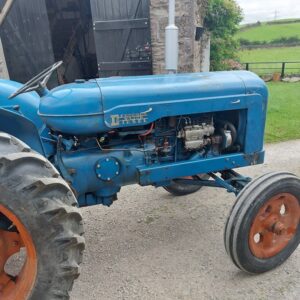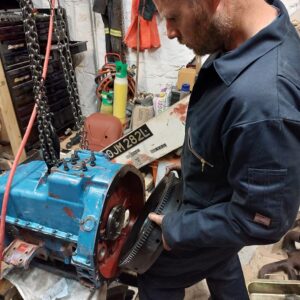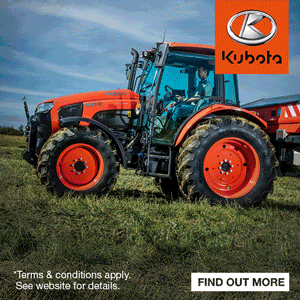Top tips for buying and restoring vintage tractors
12th November 2023
For those ready to start down the vintage restoration path, what should they consider? Michael Duncan, tractor restorer and mechanic, gives his top tips.

Look out for original tinwork
“Enthusiasts like tractors with genuine tinwork, in good condition; originality is very important – if I had to choose, I would rather buy something with good tinwork even if the engine doesn’t run. But I would rather a good engine if the tractor has rotted and rusted through, or the tinwork is missing – although reproduction tinwork has improved over the years,” he says.
Don’t be frightened if it doesn’t run
It is good to buy a tractor that runs well; check for engine back pressure and the breather pipe, which can indicate a worn engine. Although purchasers shouldn’t be put off if the tractor doesn’t run, check there aren’t any hidden problems. “For the Massey Ferguson 35 and 135, as well as the Fordson Dexta, check behind the injection pump for frost damage.”
It’s also important to check the parts match up. “The tractors I generally work with are Ford and Fordson, and they have codes on the castings, which say the day, month and year of manufacture. The gearbox, backend, engine, cylinder head and other castings are coded,” says Mr Duncan. “So if it’s a genuine tractor everything would match up, although parts of it might have sat for a month or so before assembly in the factory – but most of the castings would have been made within a few days of each other.”
Hydraulics are a common stumbling block. “It’s quite common on some Fords, Fordson Super Majors and Dextas that the hydraulics have stopped working, if the tractor has not been in use. It’s usually quite a simple fix like a stuck valve; people might think it’s going to be an expensive repair, but not necessarily.”
 Get familiar with the tractor but exercise caution
Get familiar with the tractor but exercise caution
Check the brakes, water and oil levels throughout the tractor, he advises. “Don’t be too quick to drain the oil, it’s good to run the tractor first if possible and check for leaks, as well as brakes and hydraulics. “Safety is paramount. Make sure the handbrake or parking brake are working; commonly people will start the tractor while standing beside it – but it’s best to be sitting in the seat,” he warns. “Make sure the tractor is out of gear, with the brake on, as a lot of older tractors start in gear, which can be dangerous. “Ensure the PTO is disengaged, if it can be, and that there’s a guard on it. Some Massey Fergusons and Fords are known to have issues, where the PTO shafts won’t stop, even when they’re disengaged – which can be dangerous as well as expensive to repair.”
Don’t take it to pieces unnecessarily
If it has an oil leak, repair the leak, says Mr Duncan. “It doesn’t mean you have to completely overhaul the engine; sometimes people pull the engine, gearbox and backend to pieces when they don’t need to, then cause themselves a lot of unnecessary work and expense. “If the engine needs an overhaul then get the job done well; some makes and models are easier than others. Some have wet liners, like the Fordson Major and Nuffield range, which means you can pull the liners and fit new ones without going to an engine machinist. Some engines with dry liners need to be stripped down and sent to the machinist for a rebore, which is more expensive,” he adds.
“Some old tractors’ backends and gearboxes often go on for years and years. They might need new seals or bearings, but they’re made of good stuff. The British-made tractors, generally speaking – unless they’ve had a lot of neglect – are tough as old boots. The Fordson Major has the transmission hand brake which, if looked after, will last a lifetime, but if it has been driven with the brake on, this can cause damage.”
 Do a bit at a time
Do a bit at a time
To fully restore a tractor is to get it back near to the condition when it came out of the factory. “Some people buy a vintage tractor and don’t do anything to it at all, but I think it is good to repair it when you have the time and money to do so. But sort out the mechanical problems before painting it,” says Mr Duncan.
“It’s good to do a bit of the tractor at a time and not completely strip everything down all at once. Always take photos of your tractor before strip down. If you are taking the engine apart, it’s good to check the timing gears and make sure that all the timing marks line up before taking them off. I have occasionally seen one of the gears a tooth out on the timing, so it’s good to get familiar with that, so when it is time to assemble again you have a little more understanding about setting them to the correct marks.”
Browse our vintage and classic farm machinery on FarmAds HERE.


